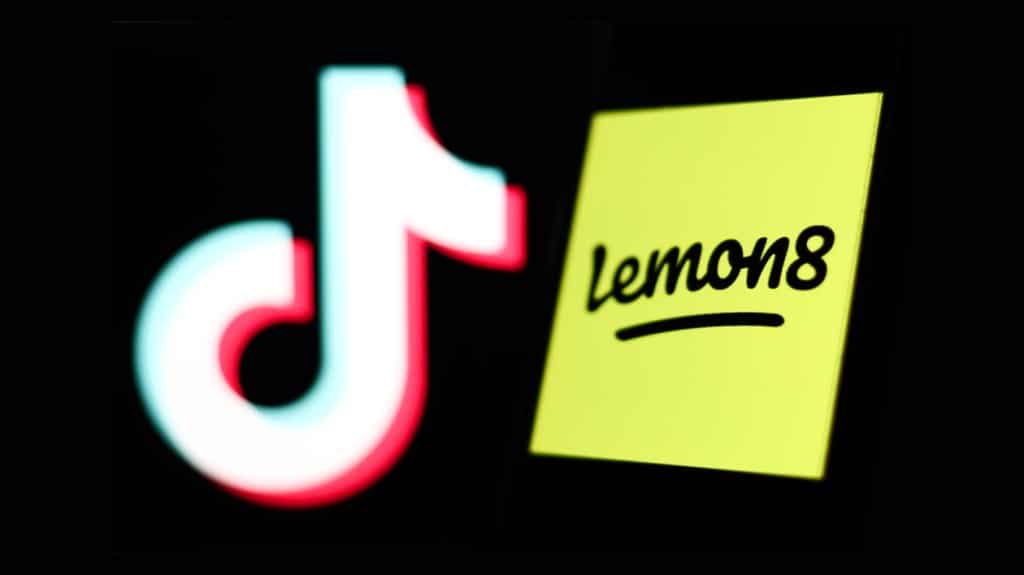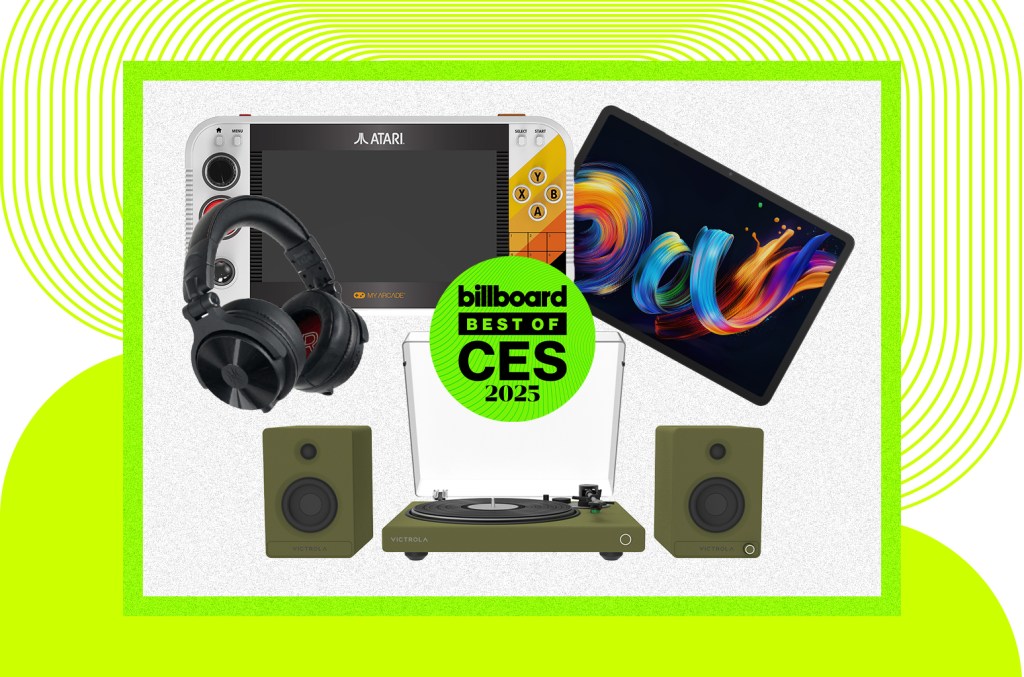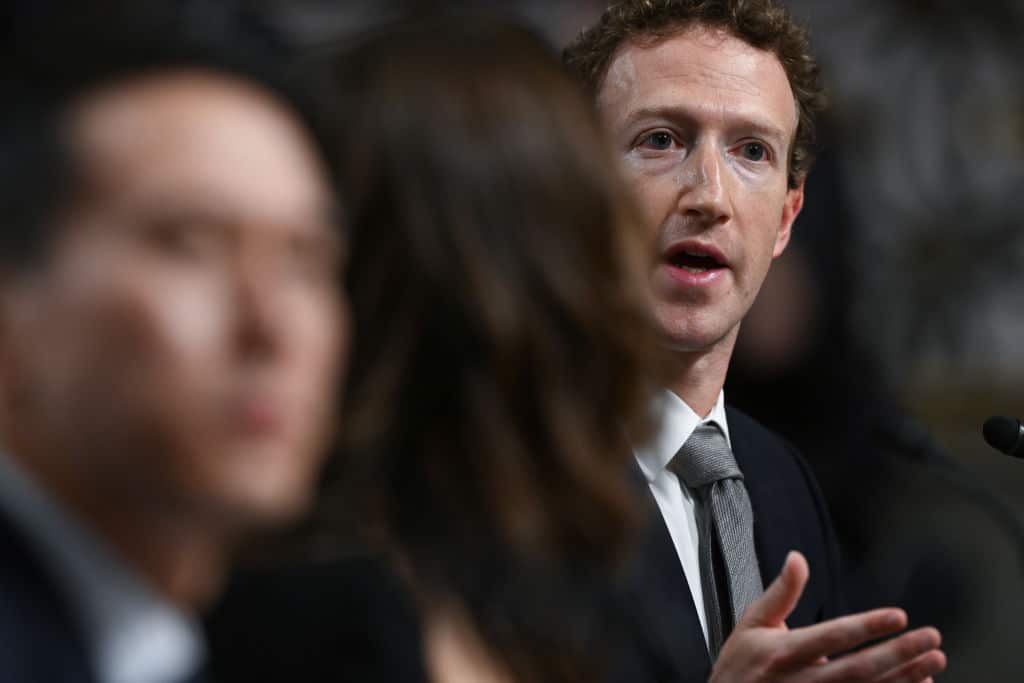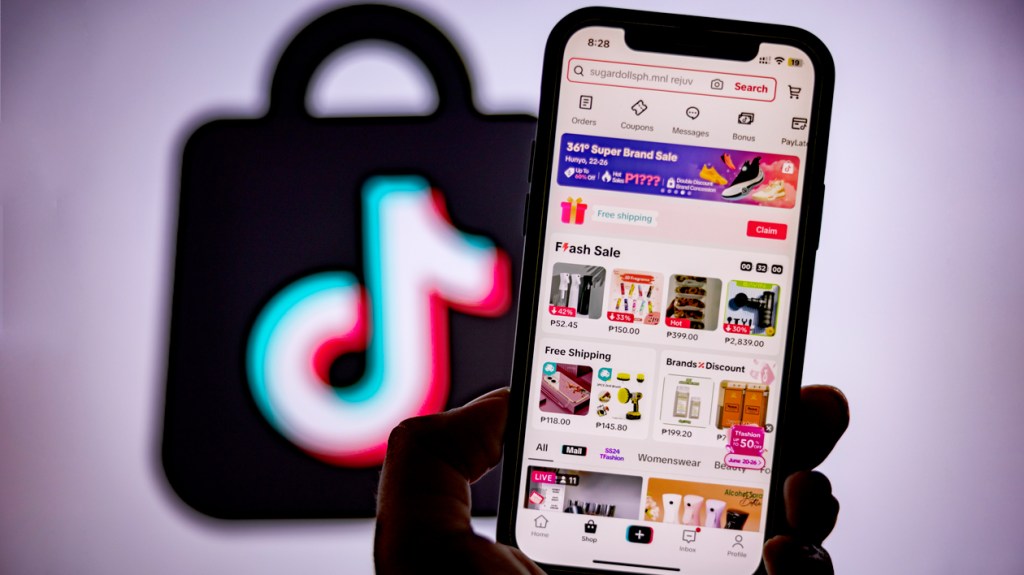tech
Page: 23
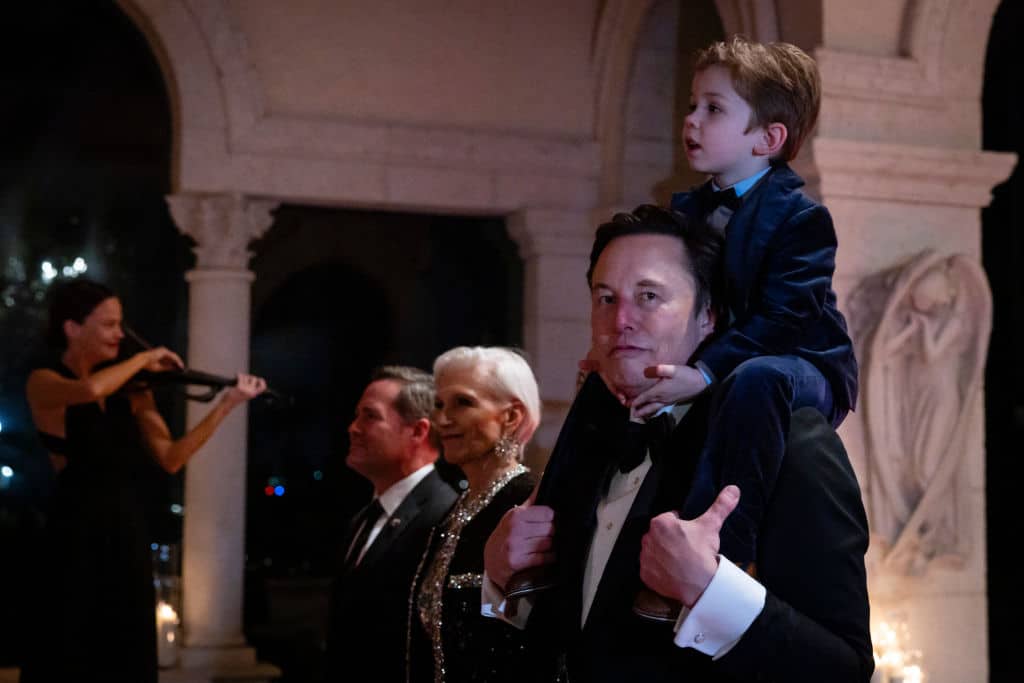
HipHopWired Featured Video
CLOSE
Source: Eva Marie Uzcategui / Getty / Elon Musk
Elon Musk claims to be a top-tier gamer, but gamers aren’t so sure about that based on his Path of Exile 2 streaming footage.
Musk somehow found a way to squeeze in a lot of time to play Path of Exile 2 despite spending most of his time kissing Donald Trump’s ass t Mar-a-Lago and supposedly pushing to make America efficient again.
While streaming himself playing the game with two extremely high-ranking builds on hardcore mode, which features a permadeath mechanic permanently killing your character if you die, gamers noticed something very peculiar: his lack of skill.
Watching Musk clumsily navigate the game despite having a high-ranking character raised gamers’ eyebrows, leading many to question whether he is a gaming god.
After some investigation, the answer is a resounding no. Gamers, including popular Twitch streamer Asmongold, have called him a “fake gamer” and accused him of paying someone to grind the game for him or as one YouTube commenter called it, “fraudmaxing.”
Per Vulture:
The key evidence that Musk doesn’t know what he’s doing is as follows: Musk burns past the high-value items while picking up the worthless ones; Musk seemingly does not know which icon to click on to enter a map; Musk doesn’t seem to realize that he needs to replenish his mana (essentially his magic levels) in order to deal effective damage against a boss (it is unfathomable that he should not know how to do this if he’s played even an hour of any RPG); worst of all, and certainly the most painful to watch for a seasoned Path of Exile 2 player, is the way Musk — supposed veteran PC gamer — inefficiently drags and drops loot into his inventory.
Musk, being the man-child he is, also unfollowed Asmongold, stripped him of his verified status and shared the DMs they exchanged with each other.
Elon Musk removed Asmongold’s check mark and leaked private DMs after POE criticism pic.twitter.com/upC4M0jWuD
— yeet (@Awk20000) January 16, 2025
https://platform.twitter.com/widgets.js
Leaking my DM’s is one thing but this is absolutely uncalled for https://t.co/I4eRo2QPKF
— Zack (@Asmongold) January 16, 2025
https://platform.twitter.com/widgets.js
What a loser.
Now you see why we call him Phony Stark.
You can see more reactions in the gallery below.
As U.S. TikTok users brace for a potential ban of the platform, some of them are actively testing other options: Two apps with TikTok-like characteristics, RedNote and Lemon8, are now the most popular free downloads in Apple’s App Store.
Lemon8 launched in the U.S. in February 2023 and cracked the top 20 on the Apple App Store four months later, according to Sensor Tower. Like TikTok, Lemon8 features a “For You” feed that recommends clips and a “following” feed that serves up videos from creators that users follow. Sensor Tower reported in October that 94% of Lemon8 users are women and that the app had been downloaded 52 million times globally.
RedNote, which was founded in 2013, is much bigger: Bloomberg recently reported that it has more than 300 million monthly active users and that it made $1 billion in profit in 2024. The platform has a trending feed that resembles TikTok’s, allowing users to vertically scroll through short-form videos. It also incorporates regular photos, text posts, and e-commerce; one tester described it as “Instagram meets TikTok meets Reddit.”
Trending on Billboard
Both Lemon8 and RedNote are owned by Chinese entities — in fact, Lemon8 is owned by ByteDance, TikTok’s parent company. That could mean these apps also have a precarious future in the U.S., as TikTok is facing a ban because the American government is worried about its Chinese ownership.
“I’ve been concerned, literally for years, that because TikTok is owned by ByteDance, a Chinese firm, and every company — based upon Chinese law — has to be first and foremost loyal to the Communist Party of China, not to their shareholders or customers, that TikTok has posed a national security concern,” Sen. Mark Warner said earlier this month. His concerns would presumably extend to other ByteDance-owned companies, like CapCut and Lemon8.
In December, the Supreme Court agreed to hear TikTok’s challenge to the law that would either force ByteDance to sell the app or bar it from the U.S. President-elect Donald Trump also asked the court to pause the ban, promising to “resolve the issues at hand through political means once he takes office.”
But after the Supreme Court hearing last week, most legal experts believe the justices will uphold the law. In that case, ByteDance would have to offload TikTok or face a ban on Jan. 19.
At the Supreme Court hearing, Justice Brett Kavanaugh claimed that China could use data harvested from TikTok to “develop spies, to turn people, to blackmail people.” And Chief Justice John Roberts asked how the court was “supposed to ignore the fact that the ultimate parent [company] is, in fact, subject to doing intelligence work for the Chinese government?”
With TikTok’s possible prohibition just days away, some labels have already started gaming out alternative marketing strategies.
“It’s hard to imagine a reality where TikTok actually goes down,” one executive told Billboard in December. “But we need to be prepared.”
Best Best Retro Gaming
My Arcade Atari Gamestation Go
With the most impressive design we’ve seen in a retro gaming handheld, the My Arcade Atari Gamestation Go features more than 200 of the best and brightest titles from the Atari 2600, Atari 5200, Atari 7800 and Atari Arcade eras of gaming, including Centipede: Recharged, Balls of Steel Pinball, Berzerk, Frenzy, Pac-Man, Asteroids, Breakout, Missile Command, Pong, Tempest, Warlords and much more. It also has unique controls, like thumb sticks, integrated paddle, a track-ball and number pad to use for specific games. Meanwhile, all games are playable on its included seven-inch high resolution display. The gaming device is similar to the My Arcade GameStation Pro Retro Atari Gaming Console, but as a handheld portable system.The My Arcade Atari Gamestation Go is expected for release sometime in Q3 with a retail price of $149.99.
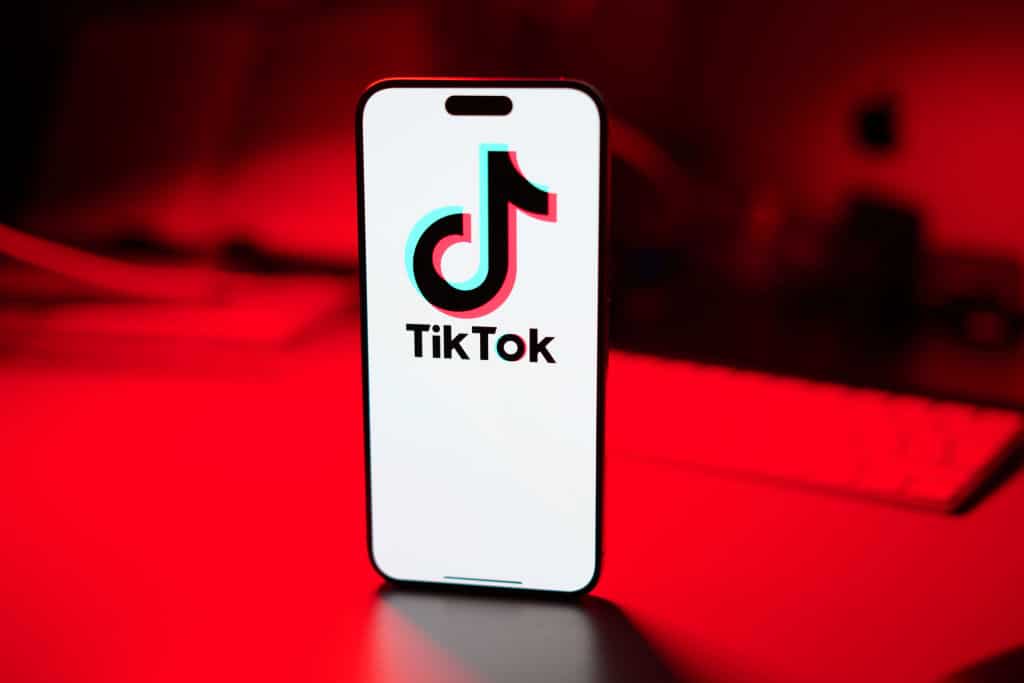
HipHopWired Featured Video
CLOSE
Source: NurPhoto / Getty / TikTok
TikTok is currently on the verge of being banned, but reportedly, China is mulling the idea of selling the platform to Elon Musk.
Word on the social media streets is that Elon Musk could potentially add TikTok to his portfolio of sh*t he owns but has no business owning in the first damn place. Musk, one of President-elect Trump’s newest rump kissers, joins another potential buyer, Shark Tank’s Kevin O’Leary, another Trump fan throwing his name in the hat as a potential buyer of TikTok.
The Orange Menace is now in favor of saving the platform after once being on the side of banning it. In a Newsmax interview, he explained his position changed, telling the “news channel,” “We won young people, and I think that’s a big credit to TikTok. So I’m not opposed to TikTok … I had a very good experience with TikTok.”
Trump on TikTok: “We won young people and I think that’s a big credit to TikTok. So I’m not opposed to TikTok … I had a very good experience with TikTok.” pic.twitter.com/dKDBrvsZDI
— Aaron Rupar (@atrupar) January 14, 2025
https://platform.twitter.com/widgets.js
Hilariously, TikTok denies the validity of the reports of Musk seeking to acquire the platform.
Investors Business Daily reports that Beijing officials are mulling their options as the January 19 deadline approaches, forcing Chinese-based company Byte Dance to sell or face a ban in U.S. app stores. During a hearing last week, Supreme Court justices seemed to be leaning towards siding with the U.S. Government.
Per Investors Business Daily:
Chinese government officials prefer that TikTok remains under the control of ByteDance, Bloomberg reported citing unnamed sources. But officials have begun to discuss “contingency plans,” according to Bloomberg.
A deal with one of Trump’s most prominent supporters in Musk “holds some appeal” for the Chinese government, Bloomberg reported. Musk could run the business along with X, the former Twitter that Musk acquired in 2022.
The Wall Street Journal, meanwhile, reported early Tuesday that Chinese officials have “internally discussed options including the possibility of allowing a trusted non-Chinese party such as Elon Musk to invest in or take control of TikTok’s U.S. operations.”
In an emailed comment to IBD, a TikTok spokesperson said the company “cannot be expected to comment on pure fiction.”
According to Wedbush analysts, if Musk is serious about buying TikTok, IBD reports that it could cost the Tesla chief between $40 billion and $50 billion.
Meanwhile, TikTok fans are also making moves. In response to the pending ban, U.S. TikTok users are signing up for the Chinese social media app Xiaohongshu, which is now the top-downloaded app in the U.S.
According to the AP, TikTok refugees—yes, that’s what they are seriously calling themselves—claim to be signing up for the app to protest the U.S.’s potential ban on it.
For American TikTok “refugees”, here is a list of Chinese social media substitution apps. pic.twitter.com/eDzpqpE1Ro
— Li Zexin (@XH_Lee23) January 14, 2025
https://platform.twitter.com/widgets.js
Bruh.
Is it really that serious?
Whatever happens, a lot of people need to really touch grass.
You can see more reactions in the gallery below.
1. Mmmmmhmmmm
2. You sure it doesn’t have anything to do with China’s government getting your info?
5. Hmmmmmm
9. Good chance this won’t end well
10. Exactly
HipHopWired Featured Video
CLOSE
Source: Emanuele Cremaschi / Getty / Nintendo Switch 2
Here. We. Goooooooo. The company that Mario built will allegedly finally show off Nintendo Switch 2 this week.
Video Games Chronicle reports Nintendo will finally unveil the successor to the uber-popular Nintendo Switch on Thursday, January 16, per reliable podcast Nate the Hate.
The website further reports that a trailer for the Nintendo Switch 2 will showcase only hardware, similar to the previous reveal for the first Switch.
A software showcase is allegedly coming in early March, although there are rumblings that Metal Gear Solid Δ: Snake Eater andAssassin’ss Creed are some of the third-party games Switch 2 owners can look forward to playing.
Regarding first-party releases, Nate The Hate claims a new version of Mario Kart could be available at launch, followed by a 3D Mario.
Per Video Games Chronicle:
“I can share with you that Nintendo Switch 2 will be revealed in the coming week… I have been told Switch 2 will be revealed on Thursday, January 16… just a few days from now,” they said.
“I’ve heard that the reveal itself is going to focus almost exclusively on the console itself. There is not going to be any presence of games. There could be a game shown running on the screen, depending on how the trailer is put together, but software is not going to be a focus.”
Nate The Hate claims the Nintendo Switch 2 is looking at a May or June launch.
This latest news follows the ” leak” surrounding the Switch 2 at CES, which resulted in Nintendo allegedly sending lawyers to press gaming accessory company Genki for showing off a Switch 2 mock-up at CES.
Gamers are reacting to the news of the long-awaited Switch 2 reveal allegedly going down this week.
You can see those reactions in the gallery below.
1. Truuueeee
3. Reeeelllaaaxxxxx
5. We understand the skepticism
6. We might be
7. We understand
8. We need it
9. Pretty much all of us
Sonos CEO Patrick Spence stepped down from the top job and his seat on the board on Monday (Jan. 13) after the speaker company faced months of challenges and laid off 6% of its workforce following a fraught redesign of its mobile app. According to a press release, Sonos’ board of directors named Tom Conrad, […]

HipHopWired Featured Video
CLOSE
Source: NurPhoto / Getty / Facebook / Mark Zuckerberg
Following Mark Zuckerberg’s announcement that his company, Meta, will no longer be fact-checking, Facebook is already feeling the effects of that bonehead decision.
The Meta founder is being smacked with fake news headlines after announcing a policy shift on his social media platforms, Facebook, Instagram, and Threads, to end fact-checking, replacing it with “community notes,” copying Phony Stark, aka Elon Musk’s lame social media platform, X.
Per Raw Story:
One headline shared on X read, “Mark Zuckerberg-Dead at 36-Says Social Media Sites Should Not Fact-Check Posts.“
“‘I killed Jeffrey Epstein but still miss him every day.’ -Mark Zuckerberg, 2023,” another headline reads.
“Mark Zuckerberg, recipient of world’s first rat penis transplant, announces Meta will stop fact-checking,” read one headline shared on Facebook from “The Hard Times News.”
Just recently, the Zuck stopped by every conspiracy theorist and dumb a** favorite podcast, The Joe Rogan Experience, where he spoke about how the Biden administration allegedly “called up his team” and “screamed at them” to take down COVID-19 vaccine-related memes and misinformation claiming in response his company said “no were not going to take down things that are true, that’s ridiculous.”
Mark Zuckerberg proved to be a MAGA coward. 🙄
He waited to see what the outcome of the election would be before getting rid of DEI policies and fact-checking. He wanted to make sure the majority supported Trump.
I see why people say ‘eat the rich’ now.pic.twitter.com/d6RJCRl7sw
— Ryan Shead (@RyanShead) January 11, 2025
https://platform.twitter.com/widgets.js
Social Media Is Lighting Mark Zuckerberg Up
While the fake headlines are pouring in on Facebook, Zuckerberg is feeling the wrath of users on X, with them accusing him of being a closeted Republican and a coward for being one of the many big tech CEOs capitulating and bowing down to Donald Trump ahead of his incoming and dreaded second term as President of The United States.
Mark Zuckerberg and all of the other billionaire bro oligarchs will do and say anything to protect their power, perks, and privileges. Why is anybody surprised that he has literally thrown his arms around Joe Rogan? And it will only get worse. pic.twitter.com/A8jZINSHqH
— Russell Drew (@RussOnPolitics) January 10, 2025
https://platform.twitter.com/widgets.js
No lies detected.
You can see more reactions in the gallery below.
1. Lol, damn
3. A MAGA coward? Damn
4. Pretty much
7. A thread you should read
HipHopWired Featured Video
Source: Xbox / Xbox Developer_Direct
Xbox is back with its first Developer_Direct presentation for the new year!
On Thursday, January 9, Xbox announced that a Developer_Direct is coming. Gamers can expect updates and an inside look at several games launching on the Xbox Series X and Series S this year.
Like the last Developer_Direct, Xbox will take us inside the studios for Compulsion Games in Montreal, Canada, to get more insight on South of Midnight, then jump to Montpellier, France, to visit Sandfall Interactive for a look at Clair Obscur: Expedition 33, then the iconic id Studios in Richardson, Texas to see how far DOOM: The Dark Ages, has come along.
But that’s not all. Like the last Developer_Direct, Xbox has a surprise, teasing a brand new game from a mystery studio, which will also be revealed during the presentation.
Aaron Greenberg, Microsoft’s VP of Games Marketing, tweeted that the mystery title is a “surprise unannounced game.”
A surprise unannounced game we hope you will enjoy along with the rest of the show! 💚
— Aaron Greenberg (@aarongreenberg) January 9, 2025
https://platform.twitter.com/widgets.js
The Developer_Direct can be viewed on all Xbox channels at 10 a.m. PT / 1 p.m. ET / 6 p.m. UK time.
Here is a breakdown from Xbox about each title, except for the mystery game below.
DOOM: The Dark Ages:
Developed by id Software, DOOM: The Dark Ages is the prequel to the critically acclaimed DOOM (2016) and DOOM Eternal that tells the epic cinematic origin story of the Doom Slayer’s rage. In this third installment of the modern DOOM series, players will step into the blood-stained boots of the Doom Slayer in this never-before-seen dark and sinister medieval war against Hell. Learn more during the full game reveal at Developer_Direct.
South of Midnight:
Compulsion Games, the creators of Contrast and We Happy Few, will share a deep dive on South of Midnight, a third person action-adventure game set in the American Deep South. As Hazel, you will explore the mythos and confront mysterious creatures inspired by Southern Folklore to unravel her family’s hidden past in this dark, modern folktale.
Clair Obscur: Expedition 33:
Sandfall Interactive will take us behind-the-scenes at their studio to shed some light on the development of Clair Obscur: Expedition 33, this debut studio’s incredible new RPG. The team will share more about the game’s creation and how they plan to deliver an incredible story in a gorgeous fantasy world.
Sounds lit. We can’t wait to see what the mystery game is.
Instrumental soul music is not in high demand in 2025. But last summer, Fat Beats Records quietly moved hundreds of copies of El Michels Affair’s ‘Enter the 37th Chamber‘ — an anniversary edition of an album containing instrumental soul versions of the Wu-Tang Clan’s iconic hit “C.R.E.A.M.,” Ol’ Dirty Bastard’s “Shimmy Shimmy Ya,” Ghostface Killah’s “Cherchez La Ghost” and more.
The majority of direct-to-consumer sales came through TikTok Shop, an e-commerce platform inside the short-form video app that allows users to easily buy items without having to leave for another site. “We found some cool creators, sent them the vinyl, and they did an unboxing video, or talked about some of the tracks while playing the music in the background, and then linked directly to TikTok Shop,” explains Molly Bouchon, director of digital at Rostrum Records, which acquired Fat Beats in 2024. The El Michels Affair reissue is now sold out.
Trending on Billboard
TikTok Shop is relatively new and thus often overlooked by many artists and record labels, according to Itai Winter, vp of commercial partnerships at the marketing platform Genni, which helps match creators with music promotion campaigns. The fact that TikTok’s fate in the U.S. remains uncertain probably hasn’t helped; the Supreme Court will hear arguments on Friday (Jan. 10) about whether the app should be sold or shut down in the U.S.
Still, Winter estimates that “probably about a fifth of the For You page [on the app] are TikTok Shop-related posts” now. And harnessing that attention can pay off handsomely, at least when it comes to driving vinyl purchases: “We’re doing $15,000 to $20,000 in sales every month” through the platform, Bouchon says.
And she hopes there might be room to do more: “How do we make TikTok Shop a $40,000 or $50,000 a month revenue builder for us?”
TikTok officially rolled out TikTok Shop in September 2023 as part of a push into the lucrative world of e-commerce. “We have a very aggressive plan to make a splash in the industry and make sure that people out there understand that TikTok is a place for shopping,” Nico Le Bourgeois, head of U.S. operations for TikTok Shop, told The New York Times.
“With the number of people shopping on TikTok Shop every month nearly tripling since officially launching in September 2023, TikTok Shop is leveling the playing field so that any creator, merchant, brand and product can become a huge hit on our platform,” Le Bourgeois added in a recent statement to Billboard.
Genni became an official TikTok Shop partner as soon as it launched. “I got a really in-depth look and a chance to see what is actually driving sales,” Winter says. He frequently saw success when creators, rather than artists, posted about merchandise like records. Creators are incentivized to do so because they receive a commission on sales from links they share. Sellers can set commissions as they see fit; they’re often between 12% and 16%, according to Winter.
Alex F., who goes by plastic.disc on TikTok, is a self-professed “huge music nerd” who posts all manner of vinyl-related videos on the platform — “my $7,000 turntable set-up“; “more weird and unusual records in my collection!” He now often includes links to TikTok Shop and appreciates the commissions he receives from sales because they help feed back into his vinyl habit. (Though he would post the videos “even if I wasn’t making money — it’s what I love,” he says.)
These clips can spread far and wide: A plastic.disc post about Mac Miller’s 7″ single “The Spins” earned more than 2 million views, helping to move 744 copies of the record through TikTok Shop in a single week in October.
Winter has worked out a rough rule of thumb: A million views on a TikTok video with a TikTok Shop link usually translates to around $6,000 to $8,000 in LP sales. “It’s really convenient for people to see an unboxing video, think, ‘That’s cool,’ and go buy it,” says Alex F. TikTok has “primed their users to make transactions quickly,” adds Carly Redford, former director of e-commerce at Manhead Merch.
“I unfortunately know that,” Bouchon jokes. “I swear every day I get something from TikTok Shop.”
While TikTok Shop has the potential to turbocharge sales, many merchandise companies are not yet equipped to pivot rapidly to meet unexpected geysers of demand. They tend to work on months-long time horizons leading up to a release date. But release dates don’t matter as much on TikTok, which has consistently rejuvenated older songs.
As a result, “A lot of the fulfillment centers are having difficulty,” according to Johnny Cloherty, co-founder of the digital marketing company Songfluencer. “TikTok requires you to ship within two business days, and that’s tough for larger merchandise companies.”
One record that Winter was promoting went out of stock five times over the course of three months. In a way, this is a good problem to have. Still, “It can be frustrating,” he says. “You wake up to a viral video, and you’re selling 10 units an hour. Call the distribution center, and they’re like, ‘Don’t worry about it, we’ll send you another batch in two weeks.’ I’m like, ‘I need that yesterday.’”
Those delays mean that acts are leaving money on the table. On top of that, other TikTok Shop users may be siphoning off money that should go into artists’ pockets. Although TikTok Shop policy “expressly prohibits the unauthorized use of any third-party intellectual property rights,” Redford says, “There is so much bootleg merch [on the platform].”
This is a common problem on e-commerce sites. “That happens on Etsy, on Pinterest, on Facebook Marketplace, wherever,” Cloherty says. However, “None of those platforms drive even close to the degree of consumption and discovery that TikTok does,” he continues, which could make bootlegs on TikTok Shop more detrimental.
According to TikTok Shop’s Intellectual Property Rights report, published in October, the platform “implements proactive measures to identify and prevent potential infringements, significantly reducing their occurrence. Between July 2023 and June 2024, more than 5,254,000 products were prevented from going live.” In addition, “497,026 products were taken down after going live for IPR violations.”
Copyright owners can report infringement notices to TikTok Shop. In Redford’s experience, though, the most effective way for artists to combat bootlegs is to sell their own official products.
Despite success stories like El Michels Affair’s Enter the 37th Chamber, Redford still hasn’t seen many artists experimenting with TikTok Shop campaigns. “I feel like labels aren’t really focusing enough on it,” says Amy Hart, a digital marketer and co-founder of prairy, a new indie label. “We’re actively talking about it and figuring that side of things out.”
As with all things TikTok, it’s nearly impossible to determine in advance what products — and what videos — are going to cause users to smash the “buy” button. “TikTok Shop is tricky,” acknowledges Tyler Melton, who posts vinyl-focused videos of his own as tyler.fortherecord. “It will either not care about your video at all, or maybe the way you do your title or your intro will hook people.”
Winter’s biggest wins so far have come with vinyl. “We tried selling sweatshirts a couple of times, with only limited success,” he notes.
He believes the merchandise needs pizzazz — users may be unmoved by a simple T-shirt with an artist’s logo. (The El Michels Affair LP was described in one TikTok video as “a sick black-and-yellow” pressing, while a recent Wiz Khalifa vinyl reissue featured eye-catching “retro video game inspired artwork.”) “You can’t look at TikTok Shop like you’re uploading everything in your merch store,” Cloherty says. “It’s more like, what merch items can spark a TikTok-worthy moment?”
“This is all pretty new,” Bouchon adds. “Now I think we’re all realizing, ‘Oh shit, we need to prioritize this.’”

 State Champ Radio
State Champ Radio 